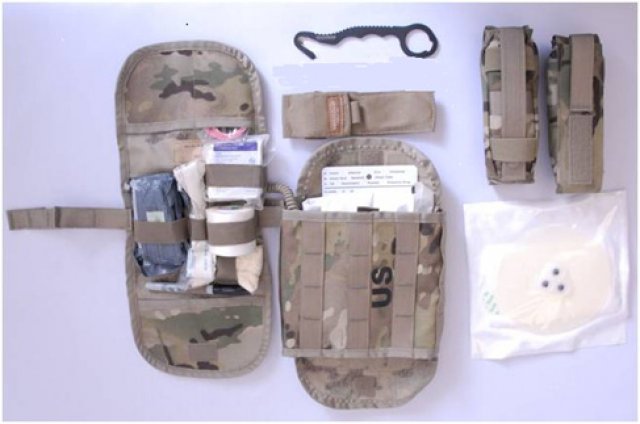USAMRMC Participates in White House Working Group

When the National Security Council Staff at the White House requested military participation in a working group designed to brainstorm and improve processes for building resiliency among the public to violent acts on U.S. soil, they looked no further than the U.S. Army Medical Research and Materiel Command.
Col. Todd Rasmussen, director of the Combat Casualty Care Research Program, represents USAMRMC in the working group, providing unique military experience to a group consisting of about 50 representatives from organizations including the Department of Transportation, Homeland Security and the Federal Emergency Management Agency, among others.
"Since our Combat Casualty Care Research Program focuses on a similar topic on the battlefield, we have everything to bring to the group in terms of response to explosive events and shootings," Rasmussen said.
The group, in its seventh month, has thus far focused its discussions on learning from the military and its tools; specifically those tools which allow users to respond to disasters resulting in casualty in an effective way that prevents loss of life.
USAMRMC's tools, such as tourniquets and topical hemostatic bandages, made an impression on the participants in the group as many were unfamiliar with such devices designed to stop bleeding so effectively and efficiently.
Rasmussen assists the group in identifying the types of devices that may enable some of the life-saving efforts seen in events such as the April 2013 Boston Marathon bombings, with potential to become available to the public.
"The military's experience with Afghanistan and Iraq is that the first responder is often the bystander, not always a medic. If we wait for the formally-trained first responder in the setting of hemorrhaging, it may be too late," Rasmussen said.
Rasmussen and others in the working group are considering the concept of having packages of hemorrhage-control devices displayed in public areas similar to automatic external defibrillators.
The process to make these tools available to the public would involve training and careful planning to ensure the benefits would outweigh the costs.
"We need to enable people because when we enable them, we provide them with a sense of ability to respond. If they have confidence in their ability to respond, that's resilience, and they feel empowered," Rasmussen said.
The National Security Council's interest in learning about public resiliency from military experience draws from epidemiologic studies sponsored by USAMRMC research groups.
The studies showed a large number of casualties on the battlefield that could have been prevented if hemorrhage control were administered immediately.
"We recognize that from the military's epidemiologic data there's potential for these things to save lives. It's difficult to quantify, and we don't know if that data extrapolates to the civilian setting," Rasmussen said. "However, it's a compelling topic for discussion fueled largely by our observations from the battlefield and research supported by this command."














